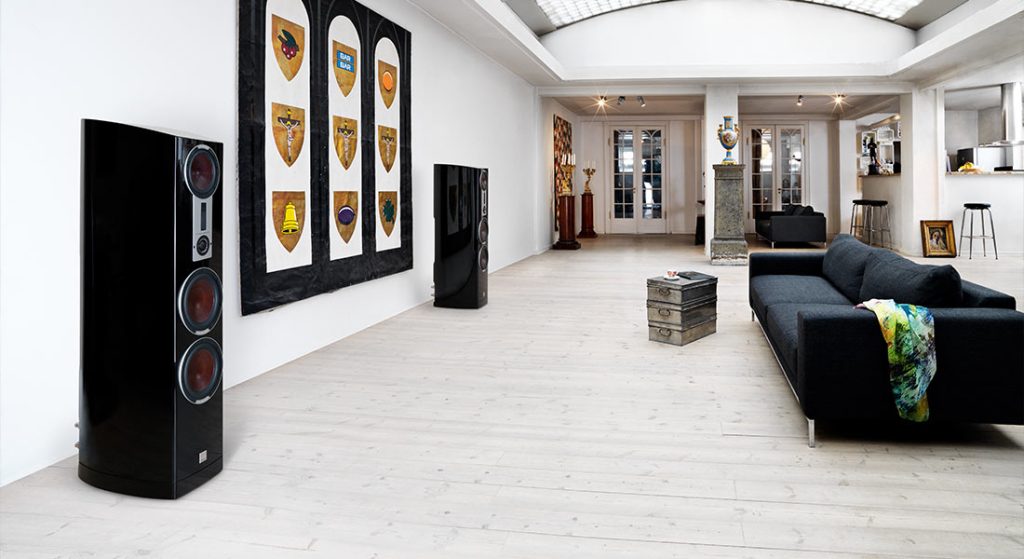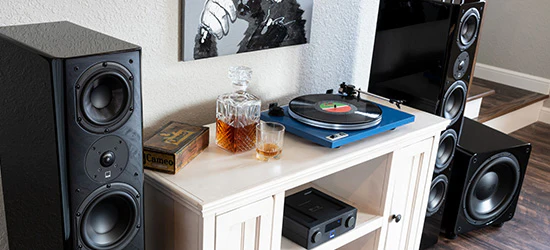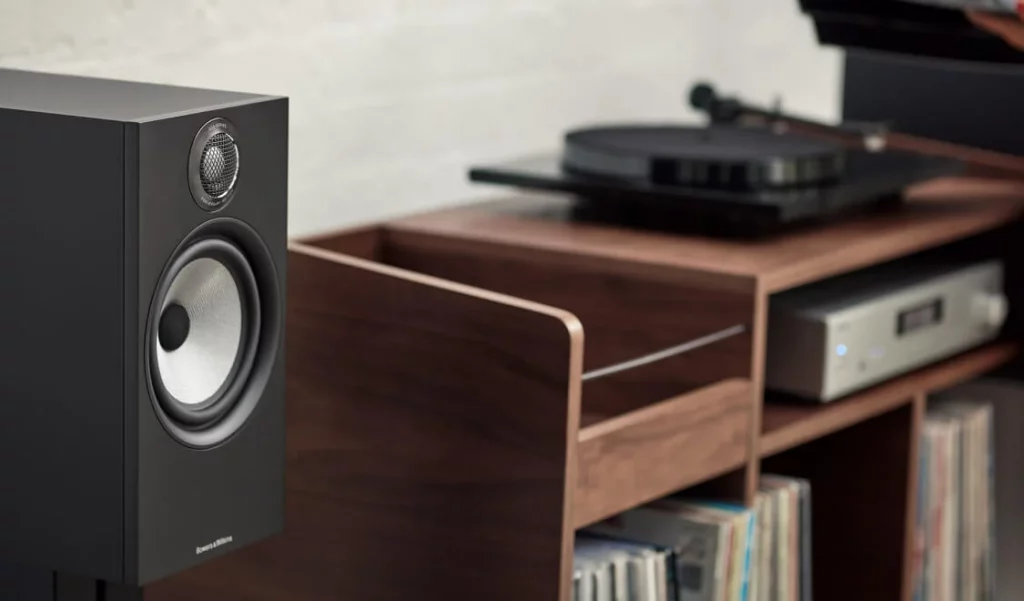When setting up a multi-room audio system, there are several key components you should consider to ensure a seamless and enjoyable audio experience throughout your home. Here are the essential components you shouldn’t forget:
- Centralized Audio Source: Choose a reliable audio source to provide music or audio content to the entire system. This could be a media server, network-attached storage (NAS), a streaming device, or even a dedicated multi-room audio controller.
- Wireless Audio Distribution System: To connect and distribute audio to different rooms, you’ll need a robust wireless audio distribution system. This system should be capable of streaming high-quality audio to multiple speakers simultaneously without interruptions.
- Multi-Room Audio Controller: A central controller or a dedicated mobile app will help you manage and control the audio distribution across various rooms. This controller should allow you to select different sources, adjust volume levels, and group rooms for synchronized playback.
- Amplifiers: Depending on the number of speakers and their power requirements, you may need one or more amplifiers to boost the audio signals and ensure adequate volume levels in each room.
- In-Ceiling or In-Wall Speakers: These speakers are ideal for a clean and space-saving installation. They provide excellent sound coverage without cluttering your rooms.
- Wireless Speakers: For rooms where in-ceiling or in-wall speakers aren’t practical, consider using wireless speakers. They offer flexibility and can be easily moved around.
- Speaker Wiring and Placement: Proper wiring and strategic speaker placement are crucial for optimal audio performance. Ensure that the wiring is concealed and follows the correct gauge for the speaker’s power requirements.
- Networking Equipment: A robust and reliable home network is essential for seamless audio streaming. Invest in a high-quality router and possibly network extenders to ensure good coverage.
- Voice Control Integration (Optional): If you want to enhance the user experience, consider integrating voice control systems like Amazon Alexa or Google Assistant to control your multi-room audio setup using voice commands.
- Sync and Delay Management: When playing audio across multiple rooms, synchronization and delay management become critical. Make sure your system can handle this effectively to avoid audio inconsistencies.
- Compatibility with Streaming Services: Ensure that your multi-room audio system is compatible with popular music streaming services like Spotify, Apple Music, Tidal, etc., so you can easily access your favorite music.
- Security and Privacy Considerations: If your system connects to the internet, pay attention to security features to protect your network and data. Additionally, check the privacy policies of the audio system provider to understand how your data is handled.
- Scalability: Plan for future expansion. If you might add more rooms or speakers later, ensure that your system can scale without major issues.
- User-Friendly Interface: Opt for a user-friendly setup and control interface, as it will make the system more enjoyable and accessible for all family members.
Remember that the quality of your components will impact the overall performance and satisfaction of your multi-room audio system. Invest in reliable and reputable brands to ensure a great audio experience for years to come.



